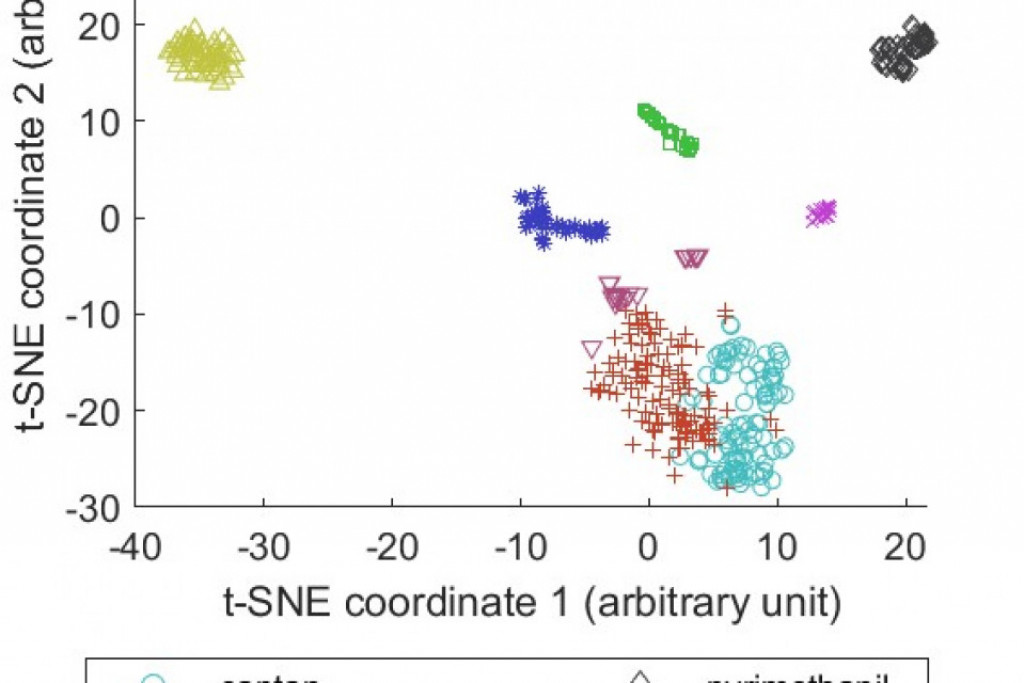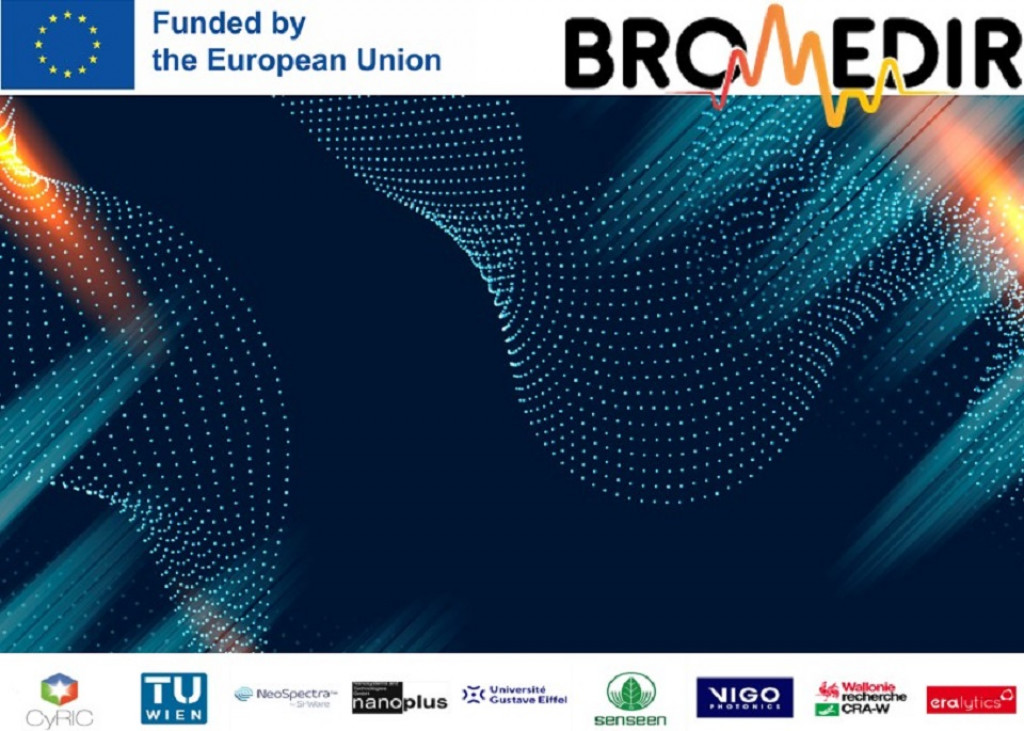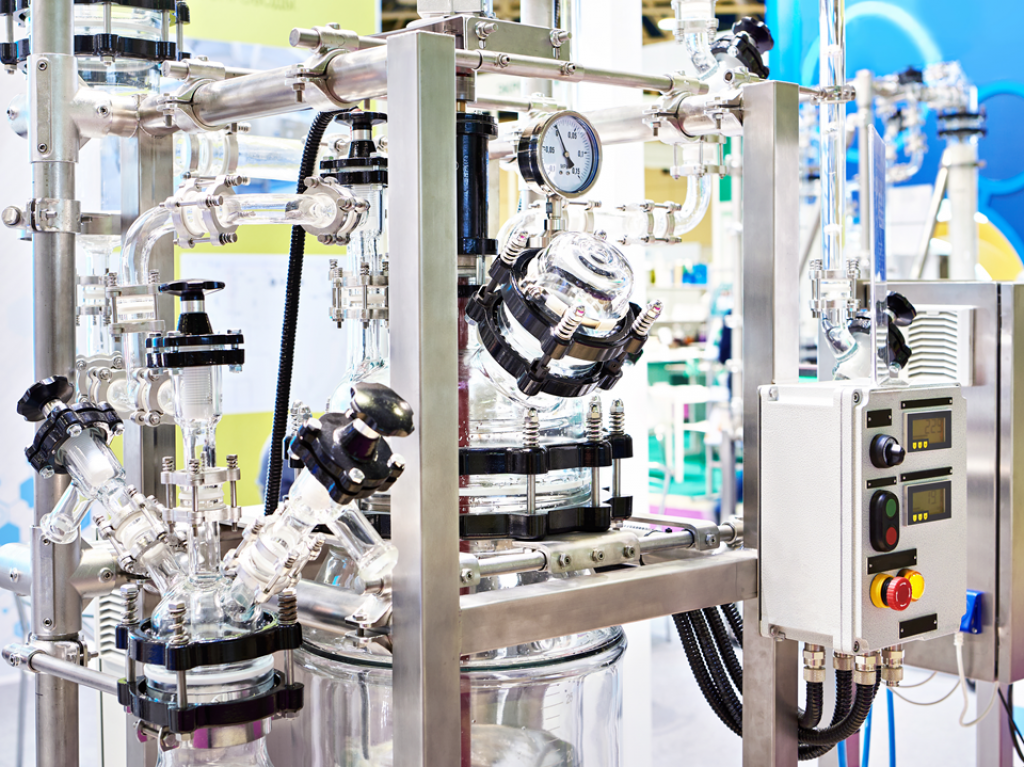The CRA-W has been and remains a driving force in the field of analysis.
Indeed, the research activities carried out at the CRA-W require the daily use of high-performance analytical tools but also the development and validation of new analysis techniques.
Development and validation of new analysis techniques.
This is how CRA-W is at the forefront of the implementation of analytical chemistry methods. Since the acquisition of a first infrared spectrometer in 1979, the CRA-W has been recognised regionally and internationally as a pioneer in the use of infrared radiation (near-infrared, mid-infrared and Raman spectroscopy) to characterise inputs, agricultural production (animal and plant), the health of the animals and plants themselves, as well as the monitoring of agri-food production and processing.
The CRA-W, reference laboratory
The CRA-W has a unique expertise in the networking of spectrometers, in the construction and operation of large spectral databases as well as in the exploitation of these data via adapted statistical tools (chemometrics). These innovative and environmentally friendly analysis tools are particularly dedicated to the rapid analysis of cereals, animal feed, fodder, fruit and milk.
The correlations established can be particularly powerful since they make it possible, for example, to predict the production of greenhouse gases generated by a given ration intended for dairy cows and therefore to manage it in such a way as to minimise this type of emission.
20 years of Belac accreditation in 2022
Note also that 2022 is the anniversary of our first BELAC-accredited lab.












